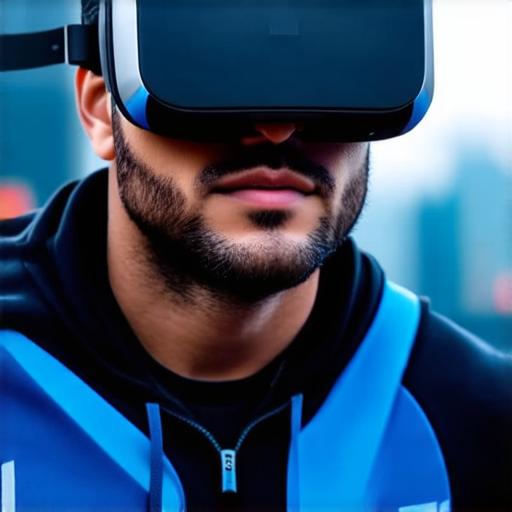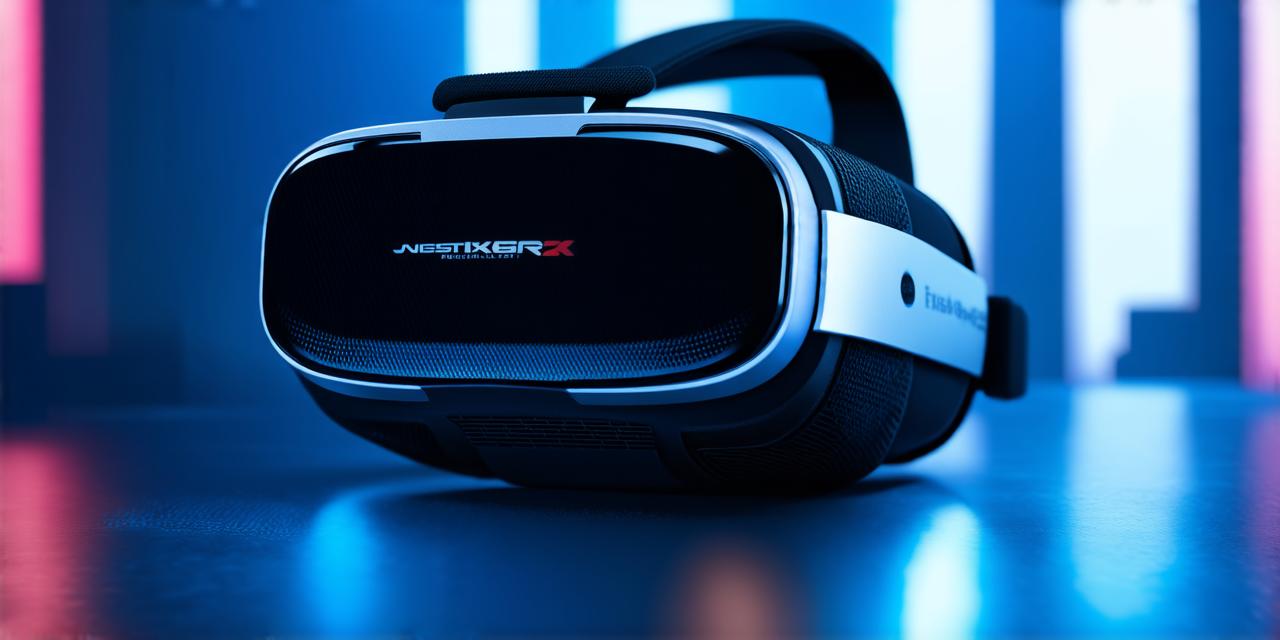How VR Headsets Work
VR headsets work by projecting stereoscopic displays onto two screens that are positioned in front of the user’s eyes. These displays are designed to mimic the way our eyes naturally process depth and perspective, creating a sense of immersion and realism.

Potential Negative Effects on Eye Health
Despite the numerous benefits of VR technology, there are some potential negative effects on eye health that should be considered. Some of these include:
- Eye strain and fatigue – Prolonged use of VR headsets can cause eye strain and fatigue due to the constant focusing on a single point in space.
- Nausea and motion sickness – The immersive nature of VR experiences can trigger feelings of nausea and motion sickness in some users. This is particularly common in those who are prone to motion sickness or have a weak sense of spatial awareness.
- Eye tracking disruption – VR headsets often require users to look directly at the screens, which can disrupt natural eye movements and cause strain on the eyes. This can be particularly problematic for those with conditions such as dry eye or astigmatism.
- Double vision and other visual disturbances – In some cases, prolonged use of VR headsets can lead to double vision, ghosting, or other visual disturbances. These effects are typically temporary but can be uncomfortable and disruptive.
Mitigating the Risks
While there are potential negative effects associated with VR headset use, there are steps you can take to mitigate these risks and ensure a safe and enjoyable experience. Some of these include:
- Taking breaks – It’s important to take regular breaks from using VR headsets to rest your eyes and reduce the risk of eye strain and fatigue.
- Adjusting settings – Many VR headsets offer adjustable settings that can help reduce eye strain and discomfort. For example, you can adjust the brightness, contrast, and focus of the displays to match your individual preferences.
- Using a comfortable headset – Choosing a comfortable VR headset is essential for reducing the risk of discomfort and motion sickness. Look for headsets that are lightweight, well-ventilated, and adjustable to fit your head comfortably.
- Maintaining good eye hygiene – Dry eyes can exacerbate eye strain and discomfort when using VR headsets. Make sure to keep your eyes moist by blinking regularly and using eye drops if necessary.
- Seeking professional advice – If you experience persistent eye strain, discomfort, or other visual disturbances when using VR headsets, it’s important to seek professional advice from an eye care provider. They can help determine whether your symptoms are related to VR use and recommend appropriate treatments.
Conclusion
While VR technology offers a wealth of benefits, there are potential negative effects on eye health that should be considered. By taking steps to mitigate these risks, such as taking breaks, adjusting settings, using a comfortable headset, maintaining good eye hygiene, and seeking professional advice when necessary, you can ensure a safe and enjoyable VR experience. It’s important to remember that the potential negative effects of VR headsets on eye health are typically temporary and can be easily managed with proper care and attention.
